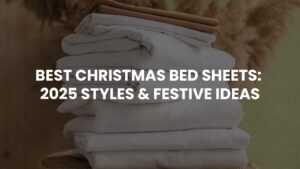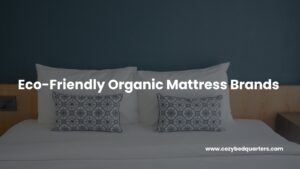The Evolution of Nuptial Bedding Ceremonies
The evolution of nuptial bedding ceremonies offers a captivating glimpse into how society has redefined marriage, privacy, and love across centuries.
Key Takeaways
- Nuptial bedding ceremonies began as public rituals rooted in religious and social customs.
- They validated marriage consummation, often witnessed by family or clergy.
- Over time, values shifted toward privacy, romantic love, and emotional connection.
- Modern customs retain subtle echoes of these historical traditions.
- This evolution mirrors changing attitudes about intimacy, community, and personal autonomy.
Why Nuptial Bedding Ceremonies Mattered in Medieval Europe
In medieval Europe, especially among the nobility, marriages were often alliances of power and property rather than love. After the wedding, it was common for communities to witness the couple being ceremoniously led to their marital bed. This act symbolized not just the start of their life together, but the formal, public acknowledgment of their union.
The elaborate designs seen in historical sleeping arrangements often reflected the ceremonial importance of these rituals. Learn how squeaky bed frames reflect evolving craftsmanship rooted in practical and symbolic needs.
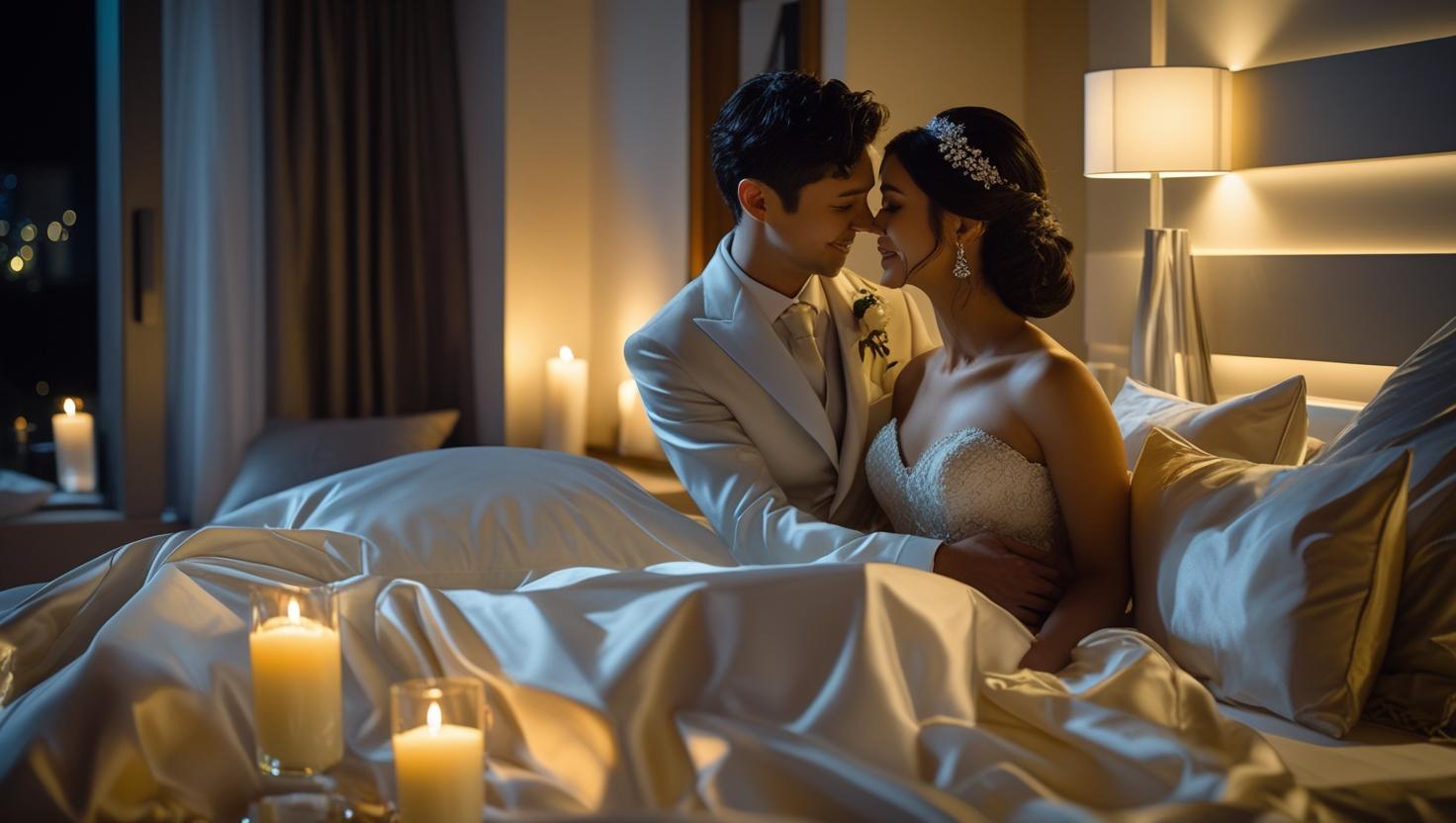
The Role of Religion and Fertility Blessings
Religion played a central role in bedding ceremonies. In Catholic regions, clergy might bless the marriage bed with holy water and herbs to ensure fertility and sanctity. These rituals intertwined faith with practical concerns about lineage and inheritance. According to BBC History Extra, such blessings were integral to medieval wedding customs.
These traditions later influenced royal expectations as well as spiritual symbolism in modern decor. See how organic bedding continues this fusion of comfort and ritual purity.
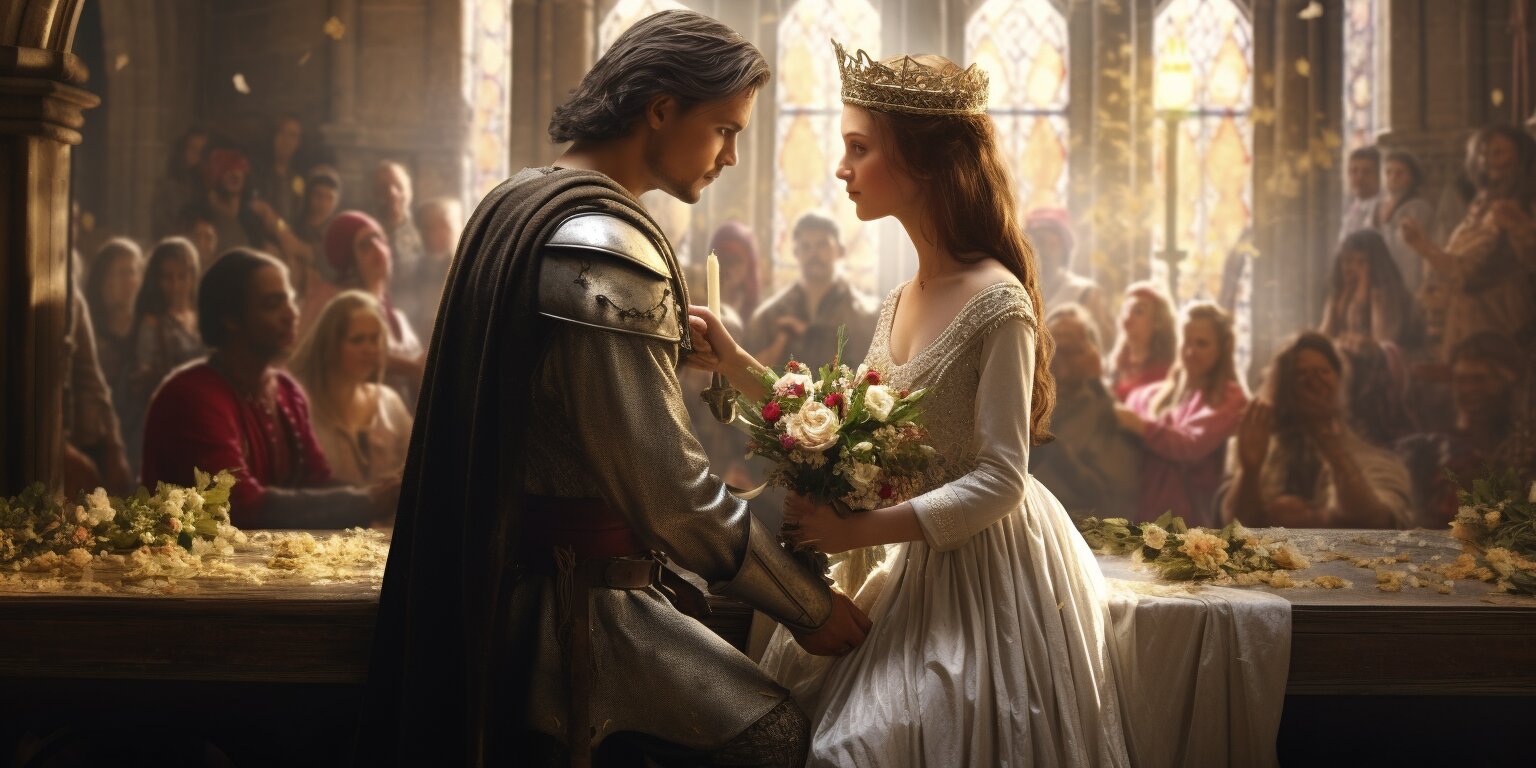
The Importance of Witnesses and Social Proof
Public witness to the couple’s first night together ensured legal and societal validation, especially for future inheritance claims. This practice also reinforced alliances between families and social standing.
Furthermore, scholarly research, including a detailed analysis from the National Institutes of Health, shows how these customs influenced both societal health norms and legal structures.
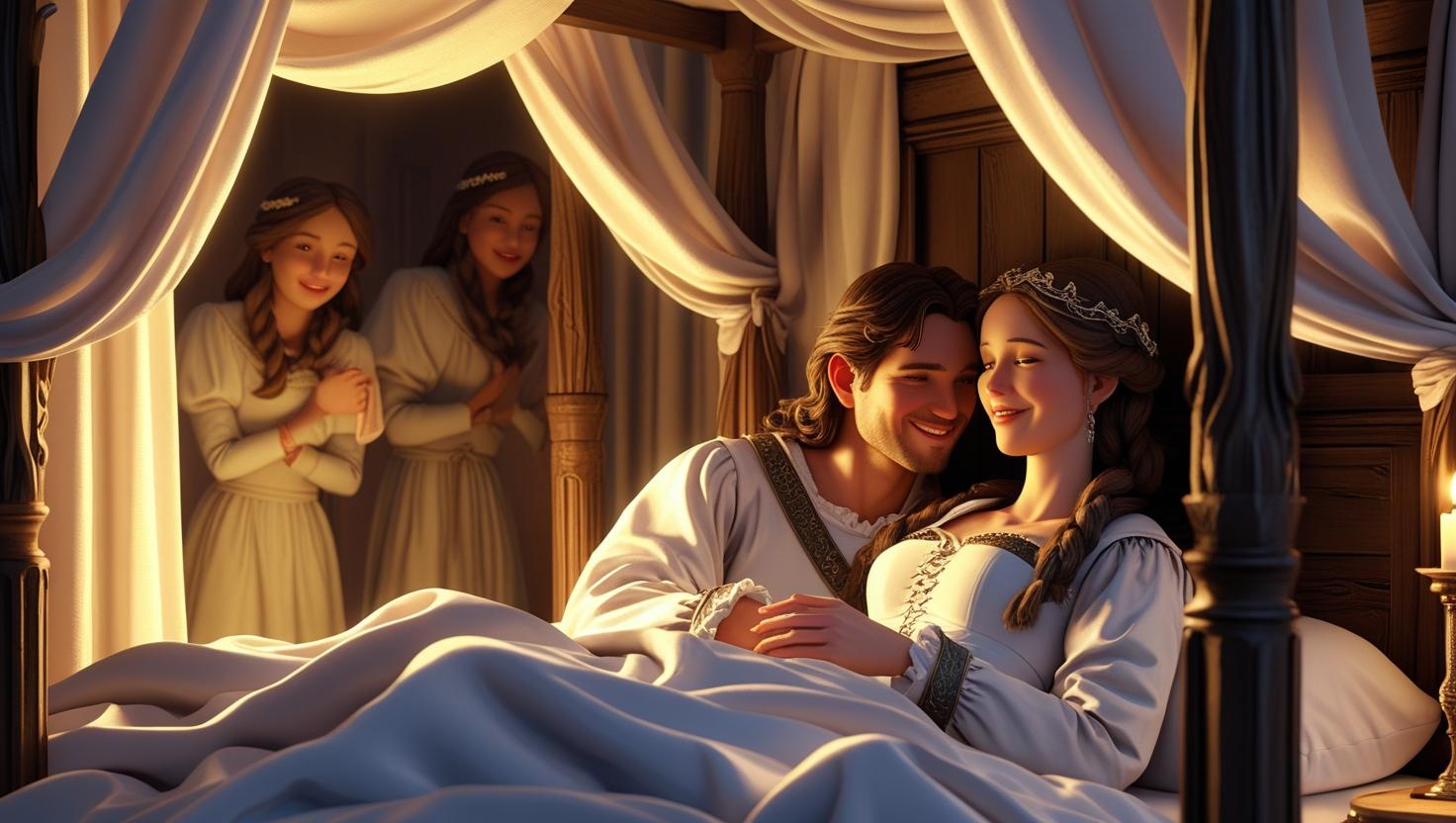
How the Renaissance Sparked Change
The Renaissance emphasized individuality and romantic love. While traditions like escorting the couple to bed remained, the need for witnesses began to fade. Symbolism overtook spectacle, and the bedroom became a space of personal rather than public meaning.
The Victorian Era: Privacy Becomes Paramount
By the Victorian era, public bedding rituals had vanished. Privacy and modesty defined the culture, and newlyweds celebrated their unions away from the public eye. The marriage bed became a symbol of romantic intimacy, no longer a communal affair.
These values are still reflected in how we decorate modern bedrooms and prioritize serenity. Consider practices like deep sleep optimization that echo this inward shift toward emotional comfort.
Modern-Day Echoes of Bedding Rituals
Modern wedding customs retain echoes of nuptial bedding ceremonies. Traditions like carrying the bride over the threshold or embarking on a honeymoon represent evolved, private symbols of marital transition.
Contemporary sleep and intimacy customs continue to reflect these historic changes, as noted by the Sleep Foundation’s global sleep analysis.
Today’s personalized sleep environments also build on these long-standing traditions. Learn how to fall asleep faster using gentle, effective rituals rooted in centuries of sleep wisdom.

The Legacy of Nuptial Bedding Ceremonies
The evolution of nuptial bedding ceremonies reflects a sweeping transformation in how we define love, intimacy, and community. From highly public rituals to deeply personal expressions, this journey captures the heartbeat of changing social norms.
Wrapping Up: A Toast to New Beginnings
As we honor modern weddings, it’s heartening to see how far we’ve come in the evolution of nuptial bedding ceremonies—from public rituals to private expressions of love. These traditions continue to inspire the way we celebrate, decorate, and connect.
FAQ
- What were nuptial bedding ceremonies?
- Nuptial bedding ceremonies were traditional rituals where a newlywed couple was publicly escorted to bed, symbolizing the start of their marriage and often witnessed for validation.
- Why did these ceremonies need witnesses?
- Witnesses ensured the marriage was consummated, securing legal, religious, and familial recognition—vital in lineage and property matters.
- When did bedding ceremonies decline?
- They began to fade during the Renaissance and were largely replaced by private celebrations by the Victorian era.
- Are there modern traditions related to nuptial bedding?
- Yes, symbolic gestures like carrying a partner over the threshold or going on a honeymoon are modern echoes of these old rituals.
- Where can I learn more about historical bedroom traditions?
- Visit Cozy Bed Quarters to explore topics like bed history, sleep optimization, and global customs that connect tradition to today.


